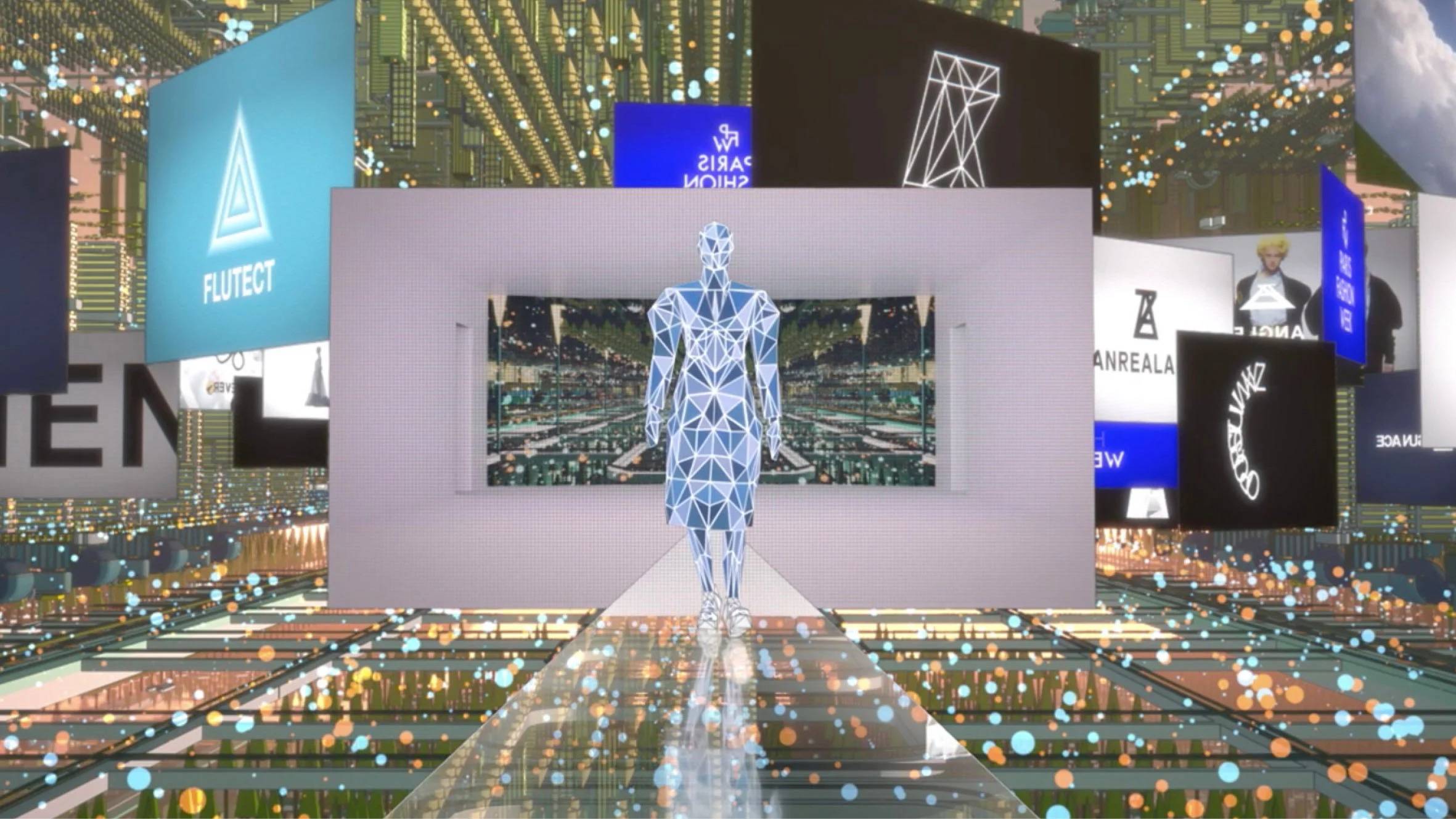At Rakuten Fashion Week Tokyo back in March, there were precious few foreign faces on the ground and little attention from overseas media despite internationally acclaimed brands like Takahiro Miyashita’s The Soloist being back on the schedule. Likewise, Tokyo’s biggest seasonal celebration of youth fashion, Tokyo Girls Collection, is a resolutely domestic affair despite being broadcast on YouTube, and the brands involved being the ones currently picked over by tourists excited by the weak yen.
This all calls into question whether Japan’s air of aloof mystique — established by the likes of Yohji Yamamoto and Comme des Garcons in the 1980s, continuing through cult streetwear drops courtesy of Bape in the ’90s, and arguably peaking with rise of Harajuku as a brand in the 2000s — is still enough to convince foreign audiences to invest in Japanese fashion.
Today, it’s brands that reach out to their international customers that reap the rewards. This works at the lower end of the market for shops that can count on foot traffic, and this is where Japan excels. Case in point: The area immediately around Shibuya Station, which even after a dramatic redevelopment of the Miyashita Park area, is now going to see another major renewal — this time around the iconic Shibuya 109 store. The area was nominated by the Tokyo Metropolitan Government this month as a Townscape Regeneration District, a scheme that aims to bring fashion into the urban space and preserve the area’s individuality.

















With your current subscription plan you can comment on stories. However, before writing your first comment, please create a display name in the Profile section of your subscriber account page.